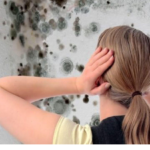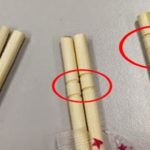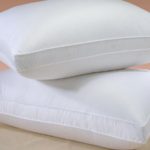Moldy cutting boards are a common problem that any household can encounter if not properly maintained. This not only reduces the aesthetic appeal and hygiene of the kitchen utensil, but can also have an impact on health.
Prof. Dr. Tran Hong Con (Department of Chemistry, University of Natural Sciences, VNUHCM) told Nhip Song Viet: “Using wooden chopsticks and cutting boards, in general, is not good for health. Moldy chopsticks and cutting boards indicate that hygiene has not been ensured. In humid conditions, mold bacteria are more likely to grow and multiply. If mold enters the body, it can cause acute reactions such as abdominal pain, nausea, vomiting… In general, symptoms similar to food poisoning.”
On the Health Life page, Assoc. Prof. Dr. Pham Cam Phuong, Director of the Oncology Center, Nuclear Medicine (Bach Mai Hospital) added that if using moldy cutting boards, one is prone to acute illnesses and intoxication. Cracks and grooves will appear on the surface of the cutting board, and some small food residue may settle in these “cracks”.
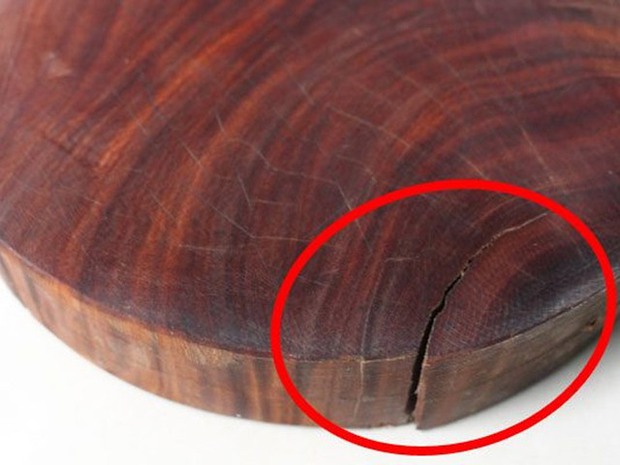
With the hot and humid climate in our country, many families now have enclosed kitchens, which can result in low humidity and lack of sunlight. Therefore, the problem of moldy cutting boards is unavoidable. To ensure safety, families need to pay attention to regular cleaning.
Usually, many families choose to clean with warm soapy water. Warm soapy water can clean the cutting board but can also dry it out too much and may even cause warping. Use the ingredients available in your home that are very friendly to humans.
1. Use salt and lime
Salt and lime are two effective antibacterial ingredients. Using them to clean the cutting board not only helps eliminate bacteria but also helps remove the odor from the cutting board. Salt has a mild abrasive property that helps scrub specific dirt, while lime with citric acid has the ability to kill bacteria and clean.
2. Use a mixture of vinegar and baking soda
Vinegar and baking soda are an effective combination for cleaning moldy cutting boards. Vinegar, with its acidic nature, can kill bacteria and prevent the growth of mold, while baking soda has the ability to clean deep cuts on the surface of the cutting board, where mold can accumulate.
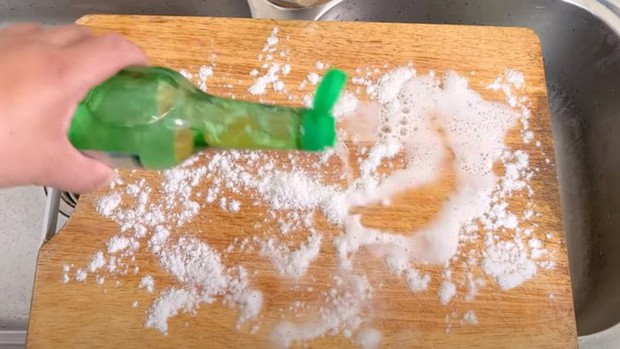
3. Use baking soda
Baking soda can be used alone to clean the cutting board. It not only helps remove mold but also has the ability to eliminate odors. A mixture of baking soda and water creates a mild cleaning agent that can clean mold without damaging the wooden surface.
To prevent cutting boards from getting moldy, you should note the following:
– After use, clean the cutting board immediately: Clean the cutting board with warm water, use a mild detergent, and then rinse with water.
– Dry the cutting board after washing: Use a clean cloth to dry or place the cutting board in a well-ventilated area to allow it to dry naturally.
– Avoid soaking the cutting board in water for too long: This can cause the board to crack and provide conditions for bacteria to grow.
– Avoid keeping the cutting board in a damp place: Store the cutting board in a dry and clean place.
- Use salt and lime: These ingredients have antibacterial properties, eliminating bacteria and removing odors from the cutting board.
- Combine vinegar and baking soda: This mixture effectively kills bacteria and prevents mold growth, while also cleaning deep cuts on the board’s surface.
- Apply baking soda: Baking soda can be used alone as a mild cleaning agent to remove mold and eliminate odors without damaging the wooden surface.
Always remember to clean and dry your cutting board immediately after use, avoid soaking it in water for extended periods, and store it in a dry and clean place.
Exploring the Pros and Cons of Sleeping in an Air-Conditioned Room
Is sleeping with an air conditioner a good idea? As concerns over the adverse effects of air conditioning on our health increase, it’s important to understand the risks and rewards of using air conditioning while sleeping. Let’s examine the benefits and drawbacks of sleeping with an air conditioner, and the protective measures one should take.

























